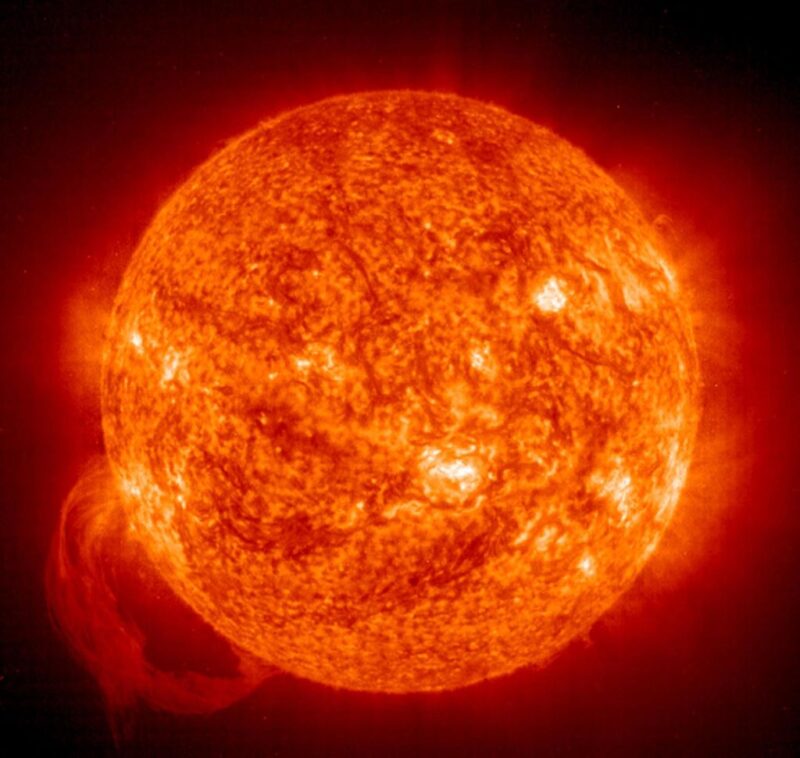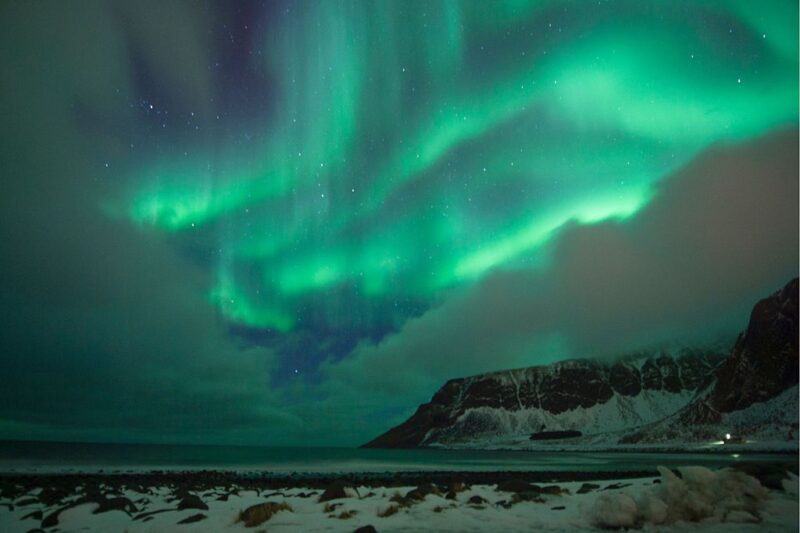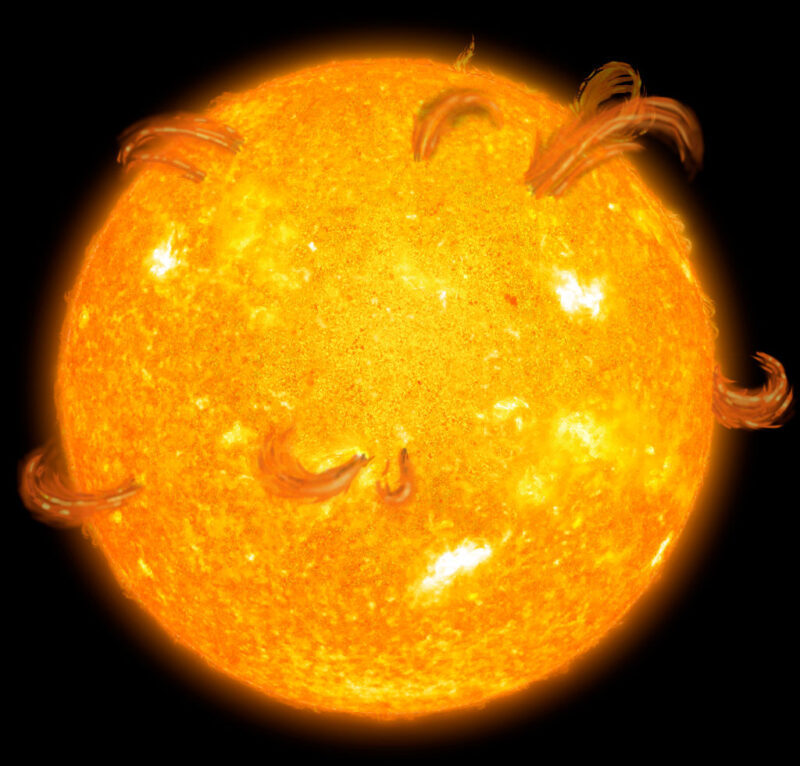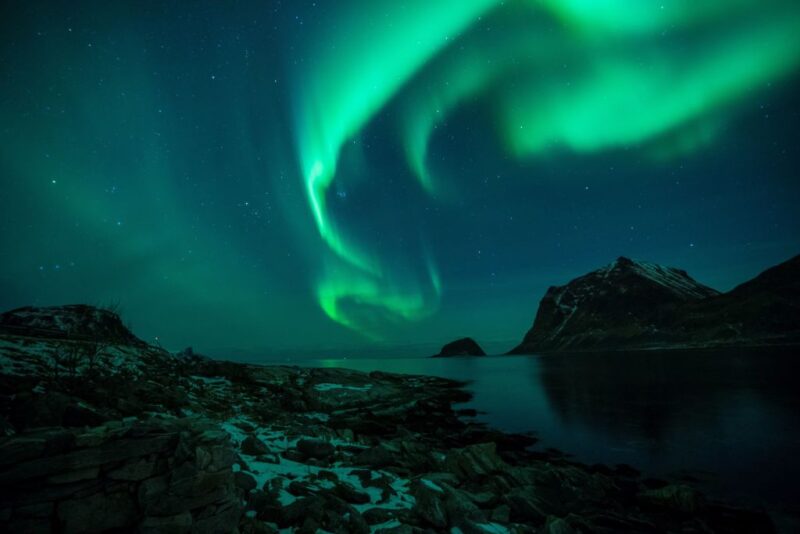Want to Witness the Northern Lights In Person? Mark Your Calendar for 2025
Those with an interest in the night sky often look for constellations and meteor showers, but it appears they’ll now have another phenomenon to watch for, if only for the next year or so: the aurora borealis. The Sun is currently nearing its solar maximum, meaning the number of solar flares hitting the Earth’s magnetic field will dramatically increase, with the activity slated to peak in 2025.

There has been a noticeable uptick in the amount of people having witnessed the aurora borealis – better known as the Northern Lights – in recent months, with the latest instances extending as far south as Arkansas and Arizona. Typically seen in the world’s Northern and Southern Hemispheres, the phenomenon is characterized by bright green, blue and sometimes red streaks of light in the night sky.
Speaking with USA Today, Shannon Schmoll, the director of the Abrams Planetarium at Michigan State University, says, “There have been an increase in aurora seen in general on Earth. The Sun has been more active, resulting in more solar storms that cause solar flares and coronal mass ejections (CME).
“The material released during these solar flares and CMEs interact with the Earth’s magnetic field and excite particles in our atmosphere resulting in a beautiful light show in our sky known as the aurora,” she adds.

The reason for this increase is that the Sun is nearing its solar maximum. According to NASA, the Sun will enter it in 2025. The most disordered part of the 11-year solar cycle, the solar maximum is characterized by a high amount of solar activity, when the star’s magnetic field is at its strongest.
The strength of the solar maximum will determine if Earth will experience particularly strong solar flares, which produce the aurora borealis when caught in the planet’s magnetic field. These flares also interfere with radio signals and spacecraft orbiting Earth, and those flying at high altitudes in passenger aircraft risk health issues as a result of the increased radiation.
“When we’re in the minimum part of the solar cycle, the Sun is very quiet, basically nothing going on, and then at maximum, we’ve got lots of solar flares, lots of coronal mass ejections,” Taylor Cameron, a research scientist with the Canadian Hazards Information Service, told The New York Times. “The Sun is just much more active.”

The amount of solar activity the Sun is currently emitting has surprised the Solar Cycle 25 Prediction Panel, a group of experts co-sponsored by NASA and NOAA. They’d predicted a below-average cycle, but the Sun has been much more active than anticipated.
While this means there’ll be a continued uptick in the aurora borealis, it doesn’t necessarily mean that those in the Northern and Southern Hemispheres will be able to see the phenomenon at the same time. According to C. Alex Young, an associate director for science at NASA’s Heliophysics Science Division, the regions could reach solar maximum at different times.

More from us: Astronomers Have Detected the Largest Cosmic Explosion Ever Witnessed
Those looking to observe the aurora borealis have a better chance in the spring and fall, closer to the equinoxes. The best vantage points are in northern Canada, Alaska and Scandinavia.





